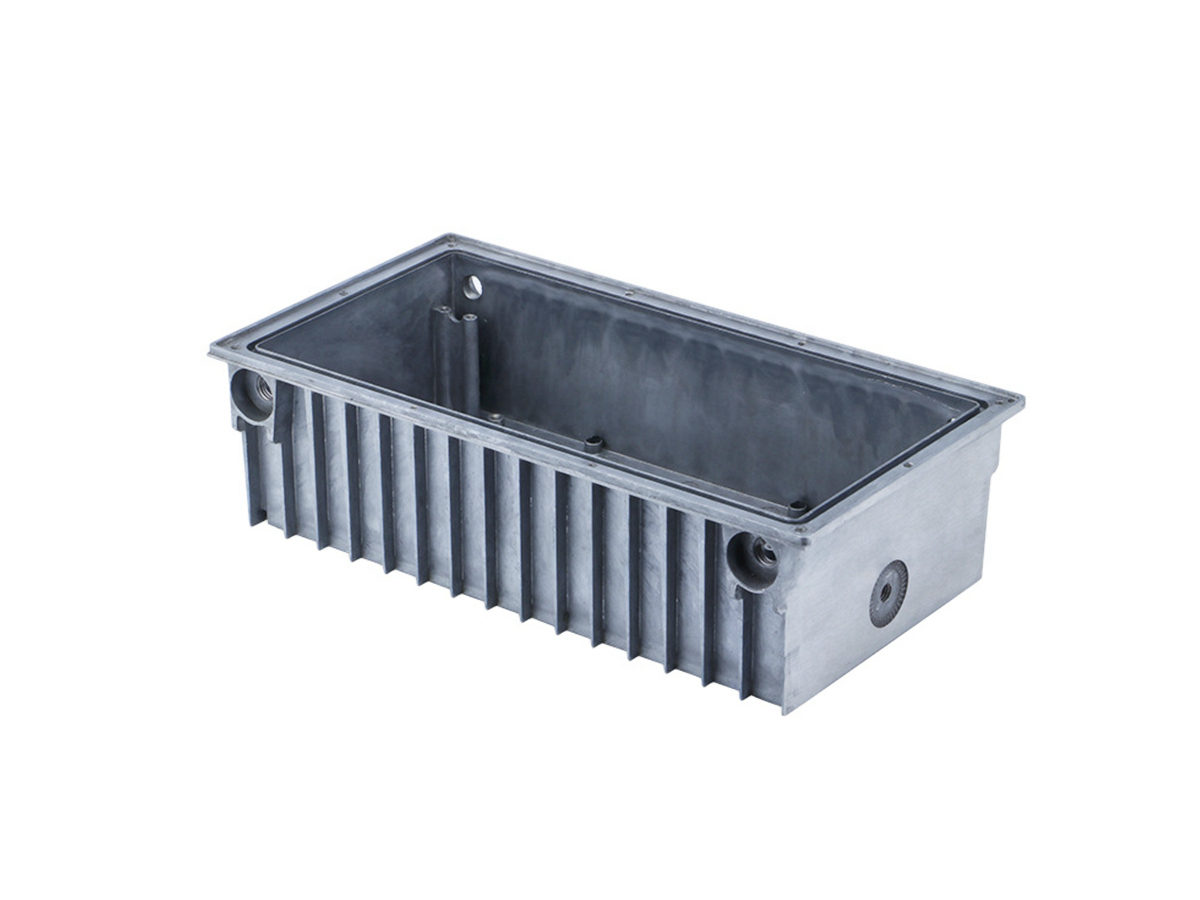Seamless Connections: Aluminum Die Casting Applications in Telecommunication Infrastructure
Introduction
The telecommunication industry requires robust, durable, and precision-engineered components to sustain reliable connections. Aluminum die casting has emerged as an essential manufacturing process, enabling telecom infrastructure to achieve seamless connectivity through precisely crafted, corrosion-resistant, and durable parts.
This article will explore how aluminum die casting shapes modern telecommunication infrastructure, covering manufacturing processes, optimal materials, essential surface treatments, and innovative prototyping methods.
Aluminum Die Casting Manufacturing Process for Telecom
The aluminum die-casting manufacturing process involves injecting molten aluminum into custom-engineered molds under high pressure, typically ranging from 10,000 to 30,000 psi. This method ensures telecom components maintain high dimensional accuracy, structural integrity, and detailed specifications.
The process includes precise mold design, molten aluminum injection, rapid cooling, trimming, and subsequent finishing. This makes aluminum die casting ideal for producing complex components such as antenna housings, waveguides, and base station casings, critical to maintaining network reliability.
For complex telecom parts, die-casting engineering services help enhance the performance and reliability of network equipment by optimizing design and material selection.
Preferred Aluminum Alloys in Telecommunication Components
Selecting suitable aluminum alloys significantly influences telecom component quality and reliability. Commonly utilized alloys include:
A380 Aluminum Alloy: Renowned for its excellent fluidity, tensile strength of around 240 MPa, and outstanding machinability. It offers superior corrosion resistance and durability, making it ideal for outdoor telecom infrastructure like antenna housings.
ADC12 (A383) Aluminum Alloy: Highly recommended for precision casting due to its superb machinability, dimensional stability, and tensile strength of approximately 250 MPa. Ideal for components such as RF filter enclosures, network amplifiers, and intricate connectors.
AlSi12 Alloy: Valued for its outstanding thermal conductivity (up to 150 W/mK) and excellent corrosion resistance, this alloy is perfect for telecom equipment requiring efficient heat dissipation, such as heat sinks and cooling assemblies.
Choosing suitable casting materials ensures enhanced performance and longevity of telecom equipment.
Surface Treatments Enhancing Telecom Die-Cast Components
Effective surface treatments are crucial in telecom infrastructure components to withstand environmental stresses and maintain performance:
Powder Coating: Offers exceptional durability, weather resistance, and aesthetic appeal. It protects from UV radiation, humidity, and corrosion, which are essential for outdoor telecom equipment like antenna enclosures and mounting brackets.
Anodizing: Significantly enhances corrosion resistance by creating an oxide layer thickness between 5 to 25 microns. This protects critical telecom components from harsh weather and environmental exposure, making it suitable for outdoor or highly corrosive environments.
Electropolishing: Provides smooth finishes with surface roughness as low as 0.2 microns, improving cleanliness and corrosion resistance. It's particularly beneficial for sensitive telecom parts like waveguides and connectors, ensuring reliable signal transmission.
Applying appropriate surface treatments significantly improves reliability and longevity in telecom equipment.
Prototyping Methods in Telecom Infrastructure
Innovative prototyping accelerates product development and ensures component performance before mass production. Key methods include:
3D Printing: Allows telecom companies to quickly create prototypes within hours, facilitating rapid testing of designs, ergonomic assessments, and functional evaluations without investing heavily in tooling.
CNC Machining: Enables precise shaping of aluminum prototypes, providing accuracy down to ±0.01 mm, allowing thorough evaluation of mechanical performance, durability, and dimensional accuracy of telecom components.
Urethane Casting: Ideal for low-volume prototype batches, closely replicating final product characteristics. Urethane casting enables functional testing and market validation of telecom components before transitioning to full-scale production.
Utilizing these rapid prototyping solutions ensures timely product launches and robust telecom infrastructure.
Advantages of Aluminum Die Casting in Telecom Infrastructure
Precision and Reliability: Enables accurate, consistent production of critical telecom components.
Cost-Efficiency: Facilitates economical mass production without compromising quality.
Corrosion Resistance: Ideal for outdoor applications, offering long-term durability.
Design Flexibility: Easily adapts complex designs and intricate details, supporting innovative telecom solutions.
Key Applications in Telecommunications
Aluminum die casting is prominently applied in:
Antenna housings and support brackets
Base station casings
Heat sinks for cooling telecom equipment
RF shielding components
Waveguides and connectors
Leveraging aluminum die casting ensures seamless connectivity and robust infrastructure capable of meeting modern telecommunications challenges effectively and efficiently.
FAQs:
What makes aluminum die casting ideal for telecom components?
Which aluminum alloys are most effective for telecommunication applications?
How do surface treatments improve the lifespan of telecom equipment?
What role does prototyping play in telecom infrastructure development?
What are common aluminum die-cast components used in telecommunications?

